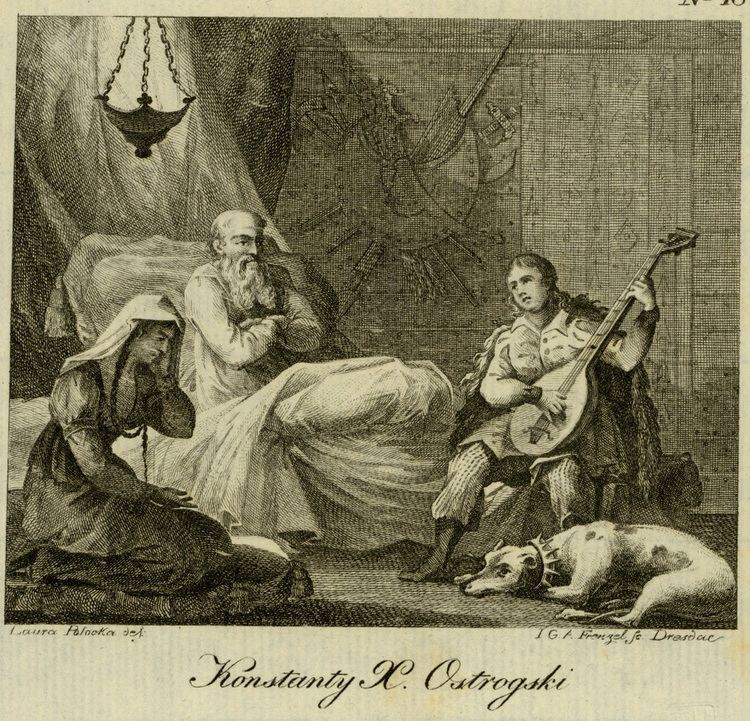Father Ivan Ostrozky (?) | Name Konstanty Ostrogski Died August 10, 1530 | |
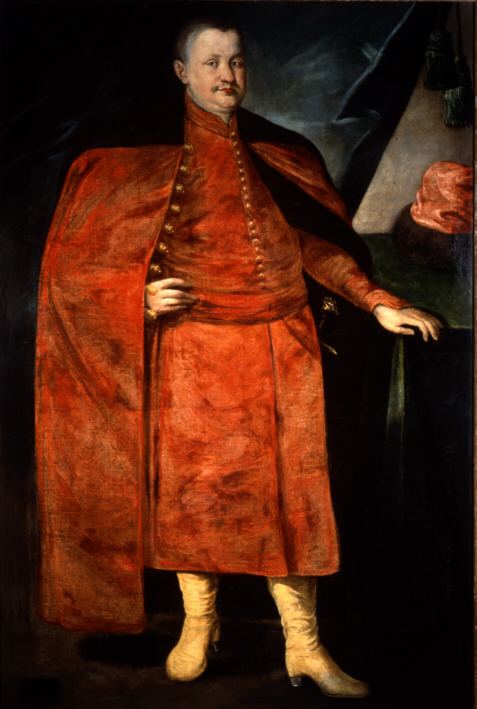 | ||
Consorts Tatiana KoretskaAleksandra Slucka Children Konstanty Wasyl Ostrogski, Illia Ostrogski Grandchildren Janusz Ostrogski, Elizaveta Ostrogska, Oleksander Ostrogski, Katarzyna Ostrogska Great grandchildren Anna Alojza Ostrogska, Katarzyna Ostrogska (1602–1642), Janusz Radziwill, Zofia Ostrogska Similar People Janusz Ostrogski, Jan Tarnowski, Beata Koscielecka | ||
Kostanty Iwanowicz Ostrogski (c. 1460 – 10 August 1530; Ukrainian: Костянтин Іванович Острозький , Kostjantyn Ostroz'kyj, Lithuanian: Konstantinas Ostrogiškis, also known under his Ruthenian name Vasyl-Kostjantyn Ostroz'kyj and modern Belarusian transliteration Kanstancin Astrožski) was a magnate of the Grand Duchy of Lithuania and later a Grand Hetman of Lithuania from 11 September 1497 until his death. As a speaker of the Ruthenian language he is considered to be one of the precursors of the Ukrainian language and a national hero in Ukraine.
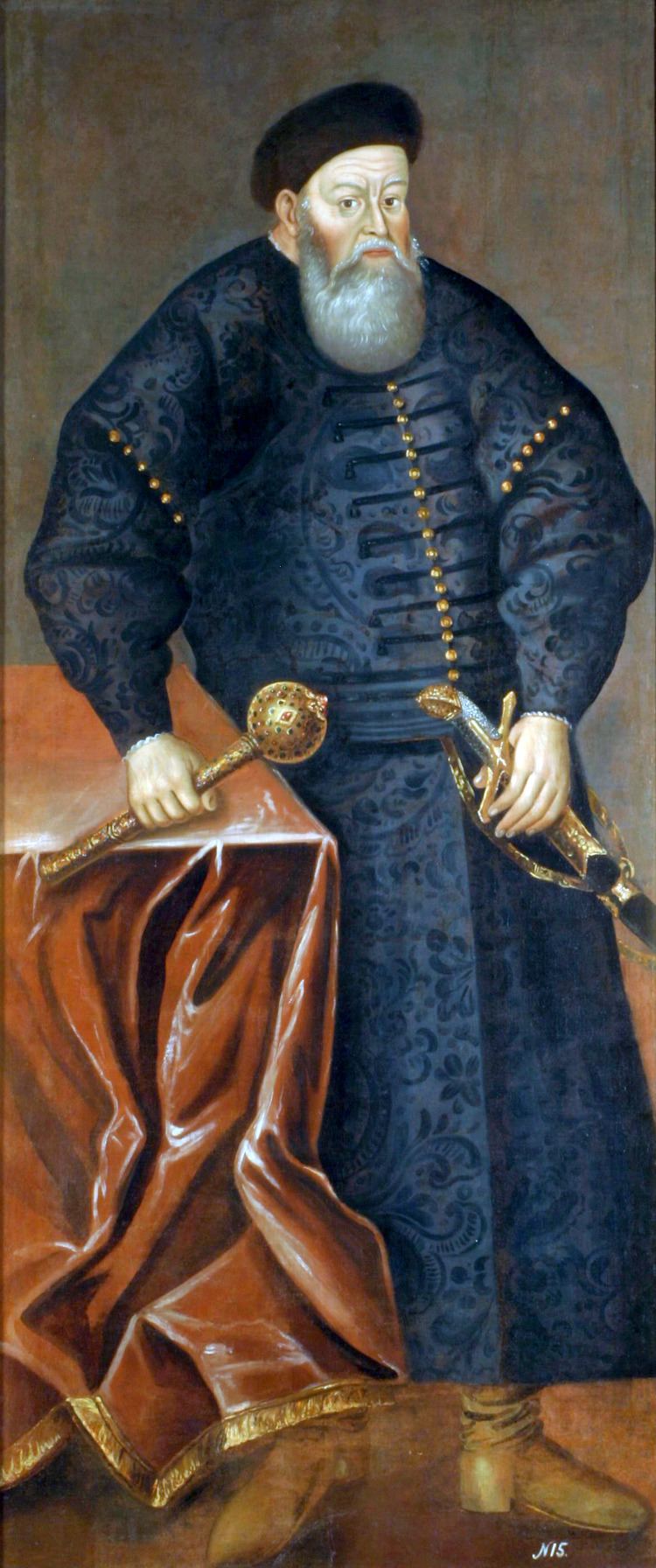
He started his military career under king John I of Poland. He took part in successful campaigns against the Tatars and Muscovy. For his victory near Ochakiv against the forces of Mehmet Girey he was awarded with the title of Grand Hetman of Lithuania. He was the first person to receive this title. However, during a war with Muscovy he was defeated in the Battle of Vedrosha (1500) and held captive for three years. In 1503 he managed to escape and joined king Sigismund I the Old, who allowed him to resume his post as a Hetman. As one of the main military leaders (alongside Grand Hetmans of the Crown Mikołaj Firlej and Mikołaj Kamieniecki) of the alliance he continued to wage war against Muscovy and in 1512 achieved a great victory against the Tatars in the Battle of Wiśniowiec.
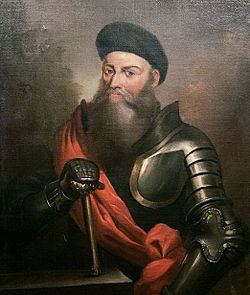
In 1514 another war with Muscovy started and Ostrogski became the commander in chief of all the Polish and Lithuanian forces (amounting to up to 35,000 soldiers). Among his subordinates were Jerzy Radziwiłł, Janusz Świerczowski, Witold Sampoliński and the future Hetman of the Crown Jan Tarnowski. On 8 September 1514 he achieved a significant victory in the Battle of Orsha, defeating an army of Vasili III. However, in 1517 his attempt to besiege the Russian fortress of Opochka became a serious defeat that destroyed any hopes to reconquer Smolensk.
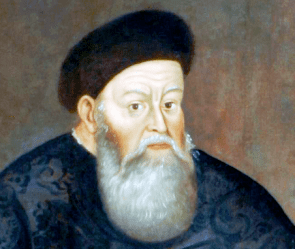
He had two wives: Tatiana Koretska and Aleksandra Słucka. He had two sons: Ilia Ostrogski with Koretska, and Konstanty Wasyl Ostrogski with Słucka.
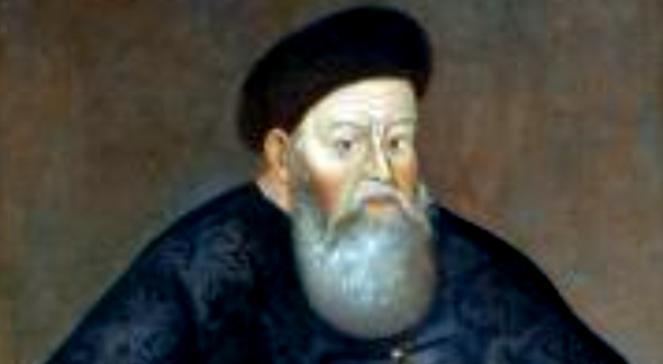
He died in 1530 as a well-respected military commander. Despite his steady loyalty to the Catholic monarch as well as an old feud with an Orthodox Muscovy, Ostrogski himself remained a devout Orthodox in traditions of his family. He gave generously for construction of Orthodox churches and sponsored the creation of many church-affiliated schools for the orthodox children. As one of the wealthiest Orthodox nobles he was buried in the Kiev Pechersk Lavra in Kiev. The town of Starokostiantyniv still bears his name.
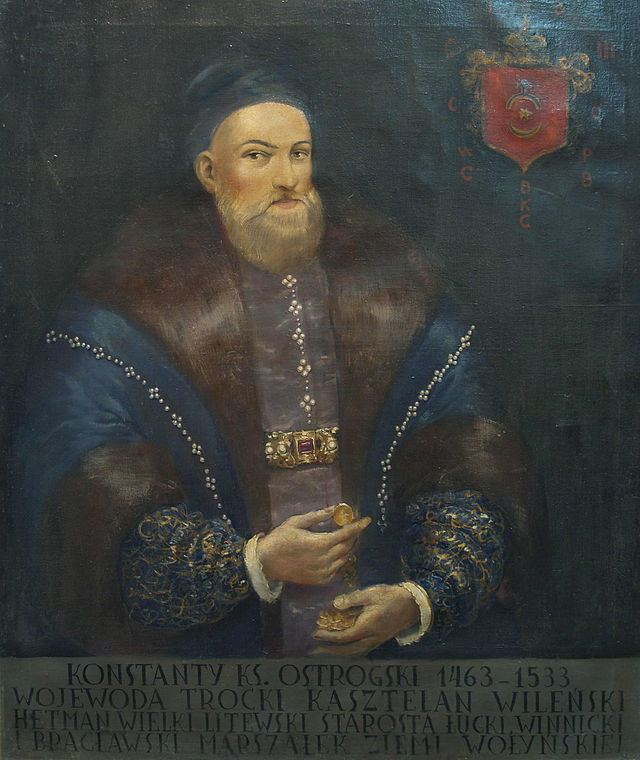
He is one of the characters on the famous painting by Jan Matejko, Prussian Homage.
